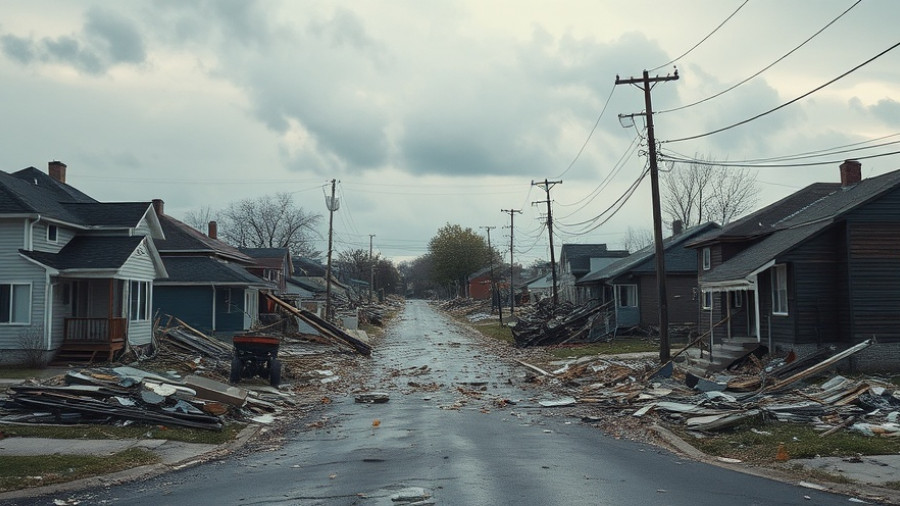
Typhoon Co-may: What You Need to Know
The impending Typhoon Co-may, referred to locally as Emong, poses a significant threat to the Northern Philippines. Clocking in at sustained winds of 120 kilometers per hour, this storm is anticipated to intensify rapidly, potentially reaching 185 kilometers per hour as it approaches Luzon Island. The US Navy’s Joint Typhoon Warning Center warns that this level of intensity could classify it as a major Category 3 hurricane on the Saffir-Simpson scale.
Impact on Agriculture and Food Supply
The Philippines is no stranger to seasonal cyclones, with an average of 20 storms each year, yet the latest reports indicate that the country has already suffered considerable agricultural losses this season, amounting to 454 million pesos (approximately $8 million). These losses have arisen not only from Co-may but also from a recent cyclone and adverse southwest monsoon conditions. The upcoming rice harvest and corn crop collection further complicate matters, as significant damage to these crops could force the Philippines—the world’s leading rice importer—to seek greater international supplies.
Government Measures and Preparedness
To mitigate the impending storm's effects, the Philippine government has suspended work and classes in the capital region and surrounding provinces for a fifth consecutive day. This preventive measure aims to safeguard residents from the anticipated heavy rains and winds that threaten to cause severe flooding and landslides. Meteorologist Aldczar Aurelio emphasized the critical nature of the saturated soil conditions, expounding on the elevated flood and landslide risks that accompany prolonged rainfall.
The Chances of Insurance Claims and Repairs
For vehicle owners impacted by flooding and storm damage, understanding the insurance claim process is vital. Floodwaters can wreak havoc on both private and commercial vehicles, leading to numerous property damage claims. As many as 60% of flood-related claims can often be denied if policyholders are not fully knowledgeable about their coverage limits and the specifics of their filing process. Ensuring that your auto insurance policy includes coverage for flood damage could save you significant out-of-pocket expenses.
Steps for Filing a Property Damage Claim
In the wake of the storm, filing an insurance claim promptly is crucial. Here are some steps to consider:
- Document the Damage: Take clear pictures of the damage before any repairs are made.
- Notify Your Insurance Adjuster: Contact your insurer immediately to initiate the claim process.
- Gather Required Documentation: Be prepared to submit any necessary reports or photographs as requested.
Conclusion: Don’t Wait to Prepare
The impending Typhoon Co-may is a serious reminder of nature's unpredictable behavior and the necessity of being prepared. Vehicle owners should take this time to examine their insurance policies, ensuring they are adequately covered for storm-related damages. If you're unsure about the specifics of how to file a claim or what your policy entails, take action now to protect yourself, your vehicle, and your financial future. Understanding the claims process will empower you not just during this storm, but in future crises as well.
 Add Row
Add Row  Add
Add 




Write A Comment